One of the most frequently asked questions we get from potential clients is whether or not our firm is design-build. In fact, as a married couple, a favorite question from relatives at holiday gatherings is whether or not we’re the next Chip and Joanna Gaines. The short answer is no, but the rationale behind the business decision to focus solely on custom home building (and not design) is more complex. Here, we explore what design-build vs. builder means and why our company has chosen to remain a builder that relies on outside design professionals instead of offering those services ourselves.
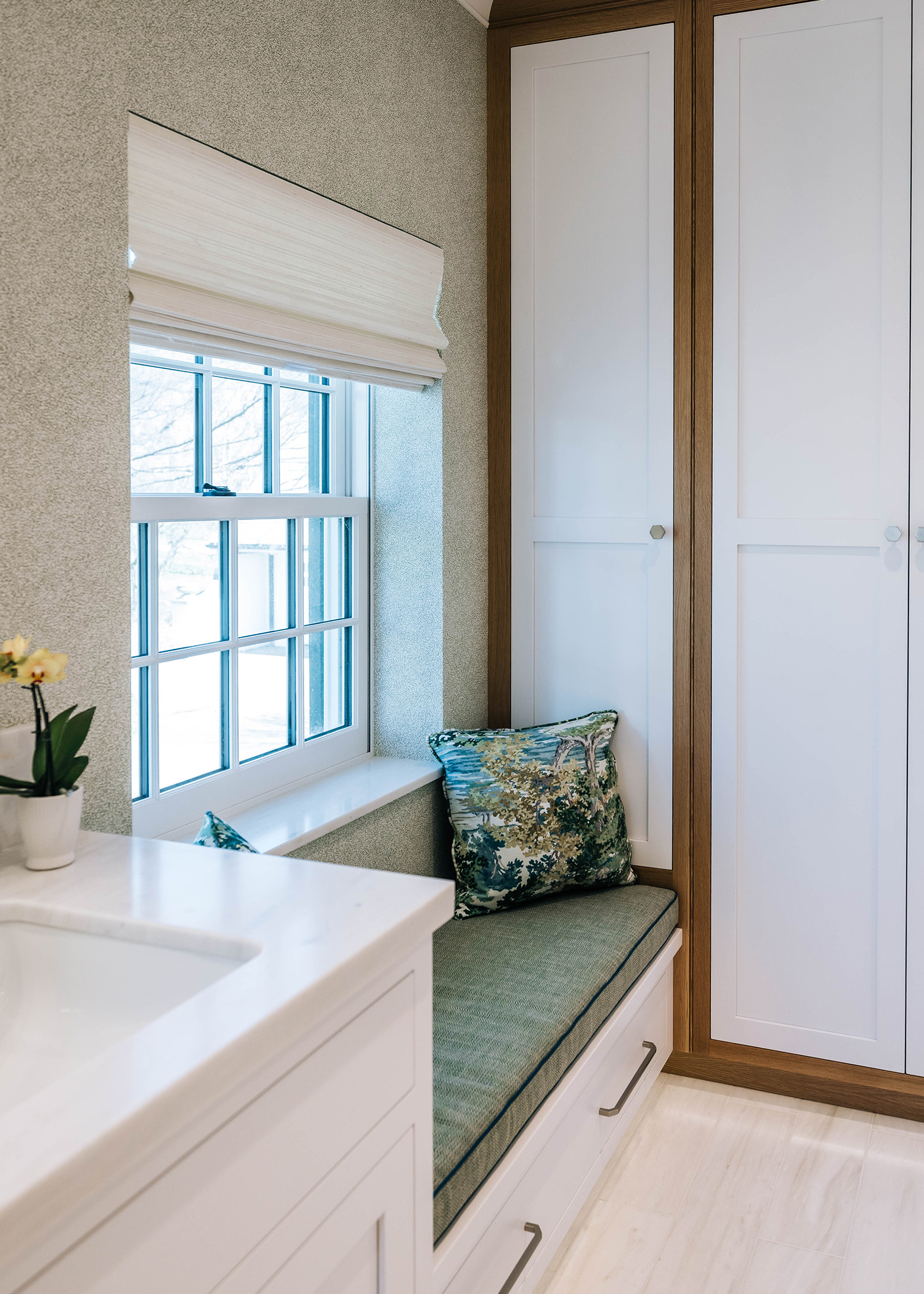
What is a Design-Build Firm?
To start, it’s helpful to understand what a design-build operation entails. Every project we work on is completely custom and requires a design professional as part of the project team. This person will produce drawings that show dimensioned floorplans, wall elevations, a lighting plan, a window and door schedule, etc. That same person will usually also specify finishes for the project, such as cabinetry, countertops, plumbing fixtures, interior trim details, and decorative lighting. With a design-build company, the same internal team will produce those drawings, choose decorative finishes, and will also install all of them. Simply put, it’s an all-in-one solution for clients looking to start and end with the same company. It’s a turn-key solution that enables a client to work with the same company from project conception through the final punch list.
Benefits of a Design-Build Model
And, there certainly are design-build pros and cons. Many clients like having a single contract, one point of contact, and a singular company to pay instead of potentially working with a separate architect/designer and builder. There are also potential advantages to efficiency if everything is under one roof. Instead of inter-company communication, the designer and builder work on the same team and have instant access to each other for scheduling, billing, and working through any questions or issues. With this setup, there’s also probably more room to be flexible with shifting funds between labor and materials because there is one back-office handling all of the job-costing and billing. There is likely added transparency with this setup because the design and building side have access to the same information at all times. To many clients, there’s probably a lot of comfort in knowing that everyone is on the same team and would expect the process to be more harmonious as a result. Afterall, it certainly seems reasonable that a process would be more streamlined if all the players are on the same team. So, why haven’t we decided to set up ourselves this way?
Why Black Boot Builders Isn’t Design-Build
First, when we started Black Boot Builders in 2018, neither of us considered ourselves to be design professionals. We did consider ourselves to be great builders, project managers, and communicators, but nobody on the team had the design education or expertise to jump into a role where we would be required to produce architectural drawings or choose finishes. However, as the company has evolved over time and we’ve met more people who could have occupied this role, we still haven’t inched any closer towards the design-build mentality.
For us, there’s risk in departing from our niche. We’ve established ourselves to be a trusted builder and redefining ourselves as a custom home design team feels like it could take away from, or compete with, our core goals as a company. Just as there are benefits to being design-build, we believe there are several advantages to not having in-house design help and relying on outside architects and designers instead.
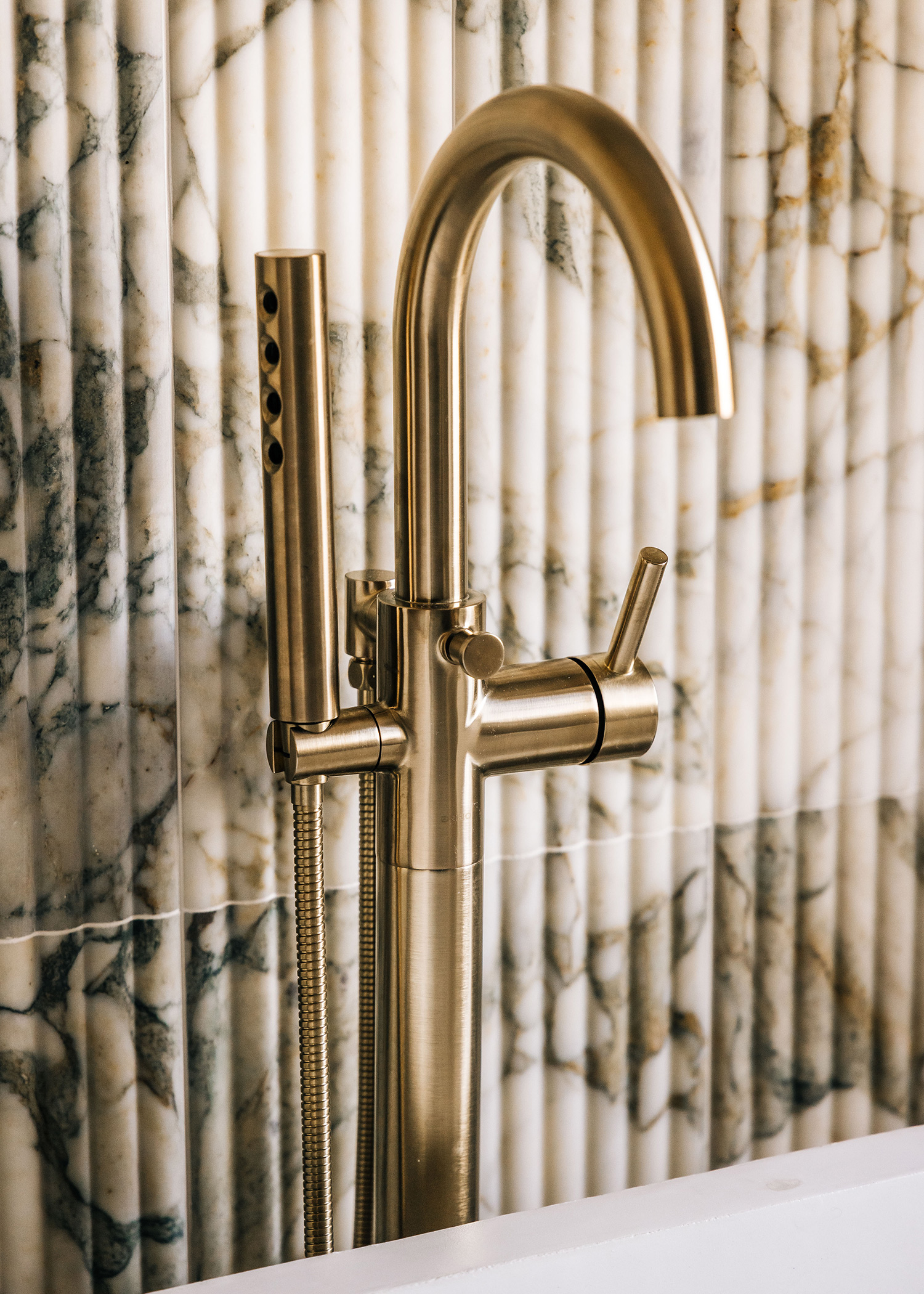
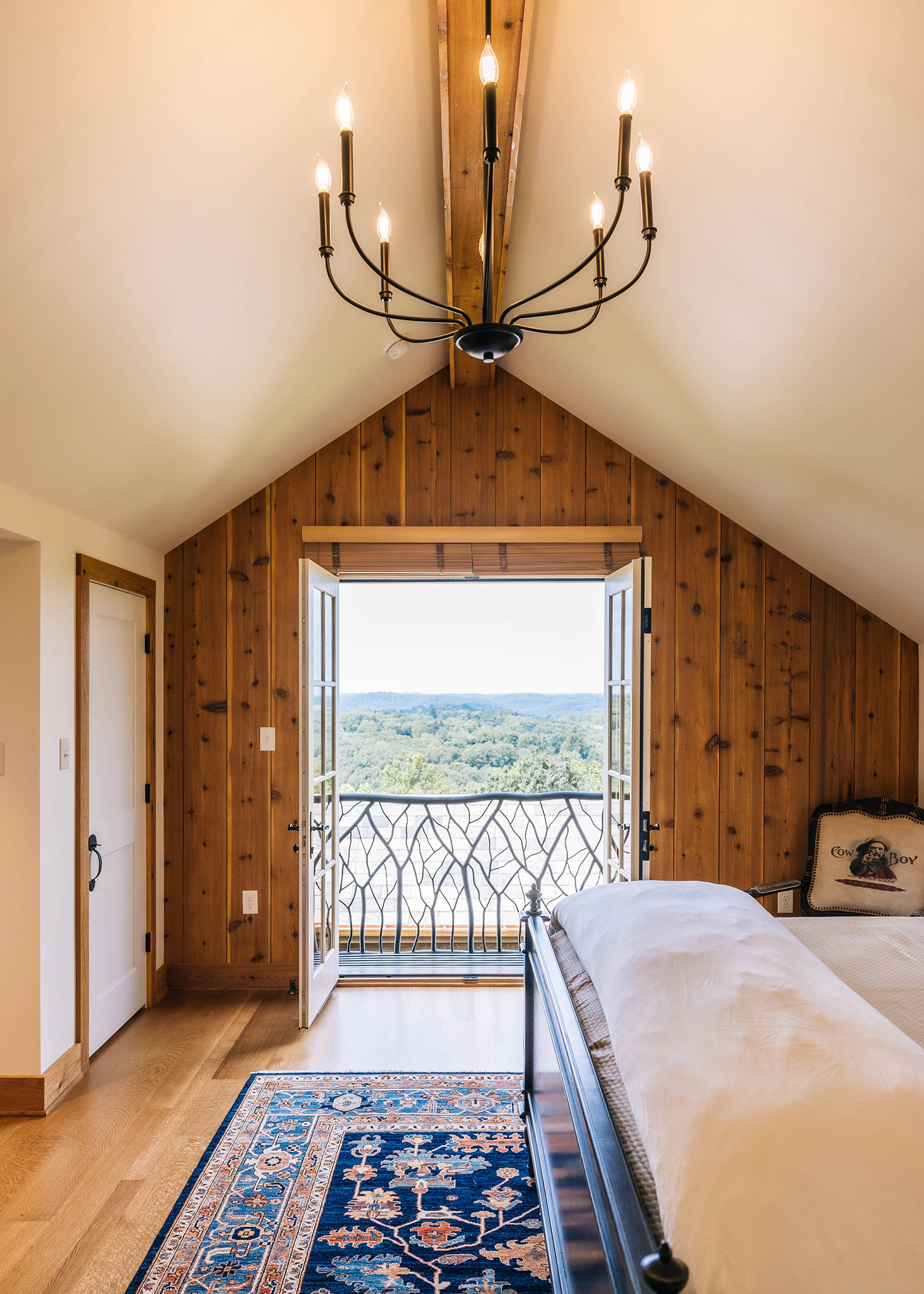
How We Collaborate With Design Professionals
One of our favorite things about this industry is constantly getting to work on a variety of projects with different design styles. We’ve gotten the chance to work on very modern projects that feature full-height glass walls with minimalistic trim, to historic homes that want to honor original trim profiles and masonry details from 100+ years ago. Part of the reason we get to work on such a wide array of project types and styles is that we are working with a variety of design professionals who each bring an individual style and flair to the project. If we had in-house design services, this would undoubtedly anchor us to a particular style and vision. The breadth of our projects is our favorite thing about our portfolio and we wouldn’t want to necessarily commit ourselves to a particular look. One of our favorite comments we get from potential clients is that they love our style. When this happens, it’s slightly comical to us because our team was not directly responsible for designing the spaces shown on our website or social media, but we realized that a client can pick up on our passion, precision, and attention to detail by browsing our portfolio, even if the design styles in those projects are entirely different. We are able to communicate our ‘style’ and preference for projects that push the design envelope without being the designer on record, and we realized that’s the ultimate compliment for our team.
Second, any builder will tell you the importance of relationships in this industry. We’ve grown a tight-knit network of architects and designers that we frequently rely on. Our relationships with them offer the chance to learn from one another, lean on one another when things undoubtedly go awry, and benefit from the collaboration of like-minded individuals coming together for a singular goal. There are absolutely times when communication can be strained between different companies since we’re not physically in the same office, but to us, there’s still a large benefit to having that collaboration. Sometimes, it’s possible to be too close to something to see potential problems (or solutions). Working with an outside architect or designer offers a second set of eyes on every project that can be invaluable to a project’s efficiency, value engineering, and end product. We’ve found that getting another person’s perspective can be hugely beneficial, especially when dealing with problems that are bound to arise on site. That outside collaboration not only benefits our clients and their respective projects, but it brings value to us as business owners constantly navigating a difficult industry. If we switched to a design-build model, we’d miss the opportunity to connect with as many designers and architects as we have.
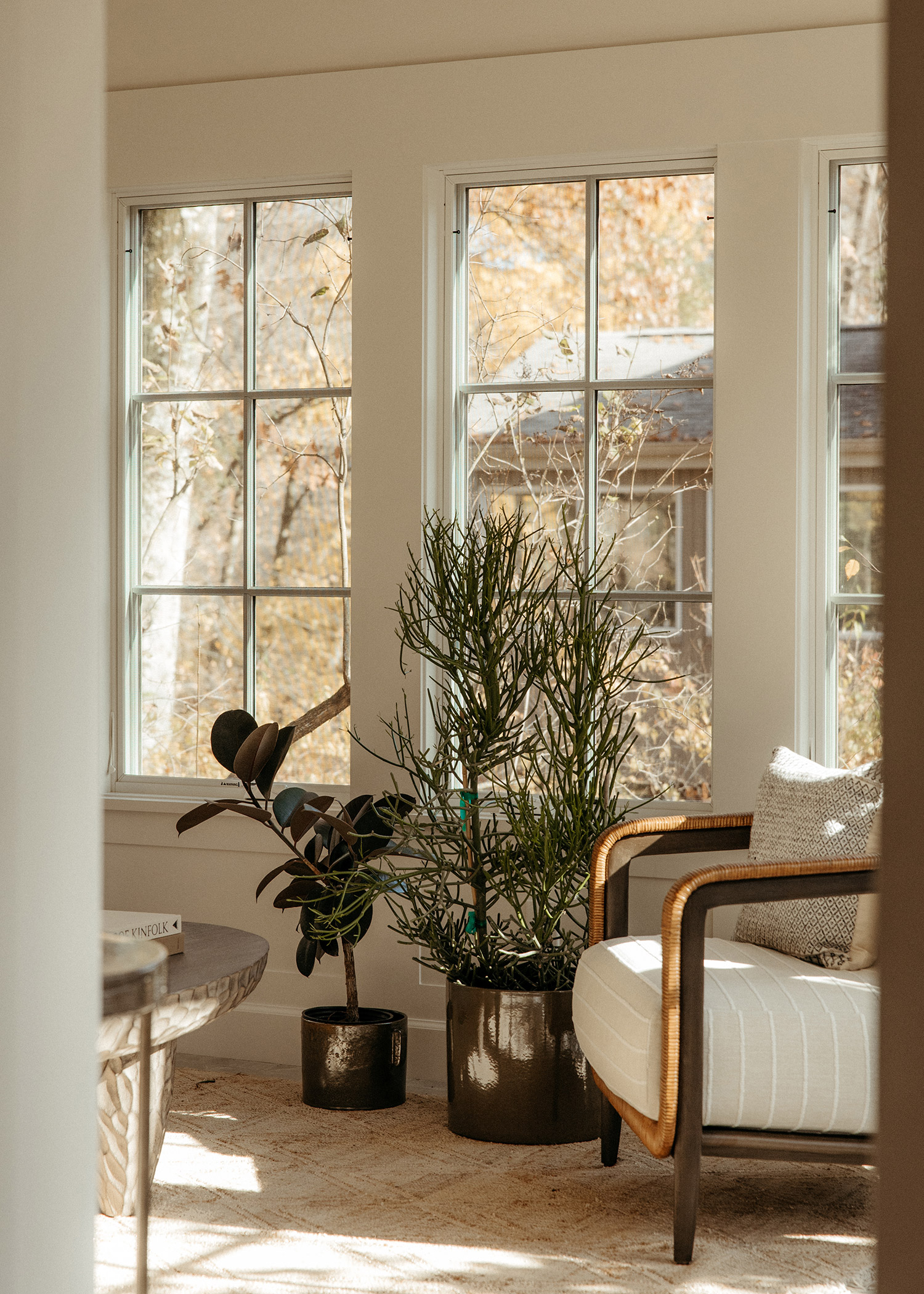
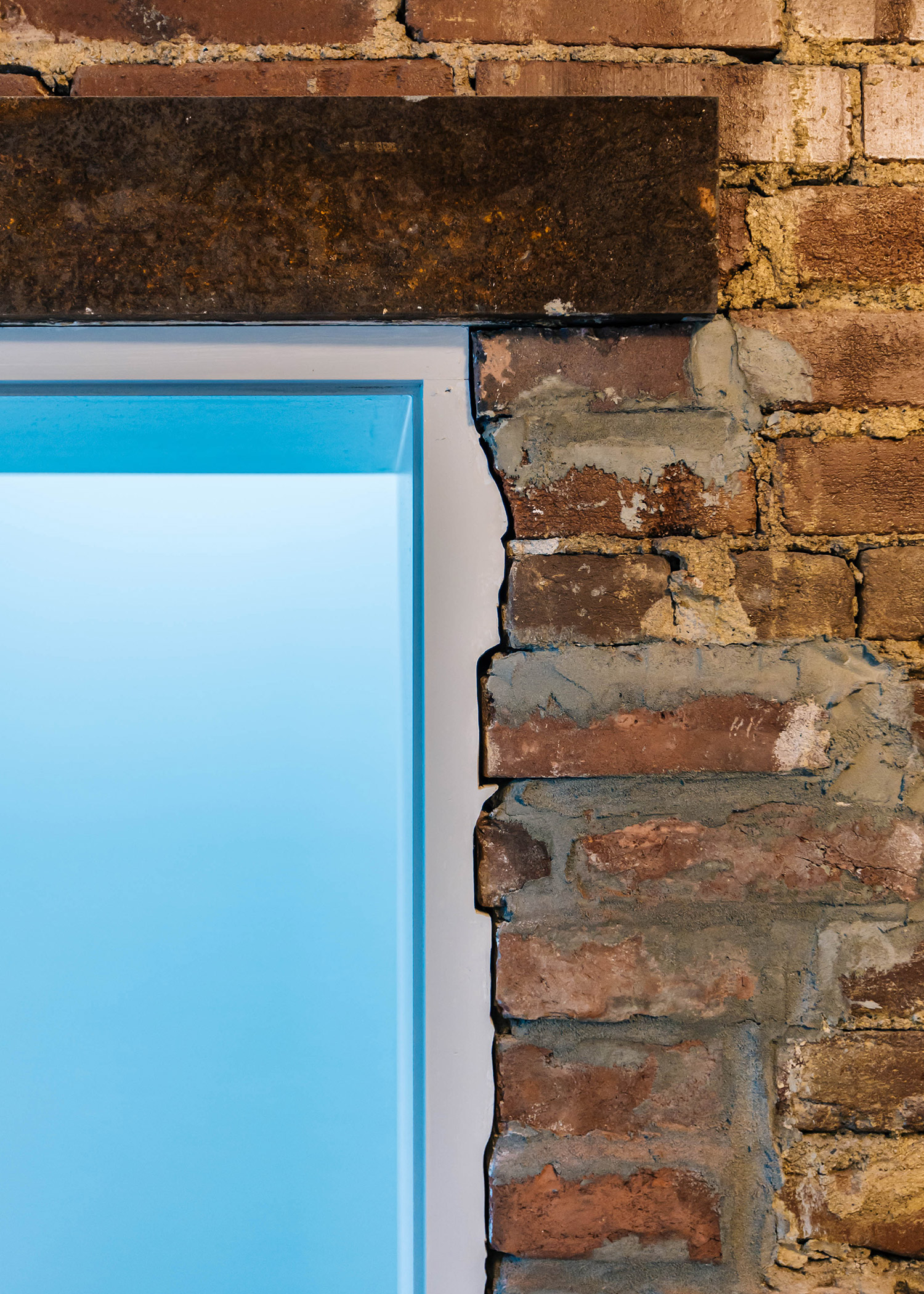
Another potential risk to design-build outfits is that while it may be efficient to have everything under one roof, it can also increase the pressure on that individual company. If all of the responsibility falls on one team, potential issues with budgeting, communication, or scheduling could be exacerbated if there’s only one group managing everything. By engaging more than one company to work on your project, a client can help to minimize their overall risk by spreading out the roles and responsibilities that are necessary for a successful project. While it does require more coordination amongst the various people involved, it helps to ensure continual progress since team members are constantly checking in on and pushing one another for updates and answers. Similar to a group project, all of the players need to do their individual homework for the best group presentation.
In addition to wanting to continue working with a variety of design talent, we have to consider what other risks our company may face if we departed from our current specialization. When we reflect on where most of our leads originate from, architects and designers have been a great and constant source of referrals for our business over time. It’s not uncommon for a client to reach out to us with architectural drawings already in hand. Similarly, we refer a handful of design professionals if clients happen to reach out to us first and are looking for design assistance. If we switch to the design-build model, we’d be more reliant on generating our own leads because we wouldn’t be benefitting from referrals nearly as much by selling both the designing and the building services. For our individual company, this would be another real risk of switching to a model where design services were offered in-house.
Choosing the Right Contractor for Your Project
With all of that being said, there are many design-build firms all over the world (and here in Pittsburgh) that operate in this space exceptionally well and have done a great job solidifying their service offering, home construction process, and reputation. For us, we don’t see the transition to design-build being something that makes sense for our firm in the long-run. Even though there are arguable advantages to the design-build model, our team has found success by staying true to our original niche and relying on our relationships with architects and designers to assist us in creating one-of-a-kind spaces.